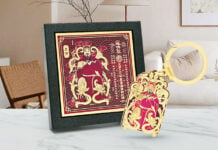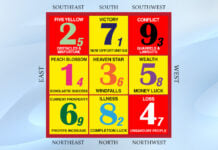One may think selecting lights is an easy task, but if you are on the job and need to make a decision in a split second, this could easily become a nightmare in a blink of an eye. Normally we think shopping for lights can be a family weekend excursion, but in reality, there are a few technical things we need to keep in mind when choosing lights.
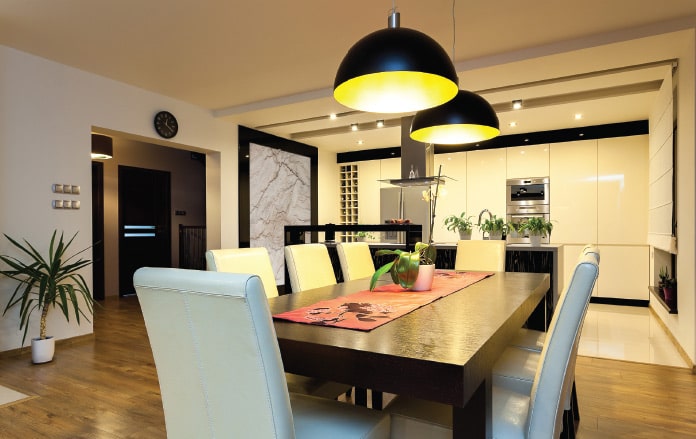
TYPE OF SETTING
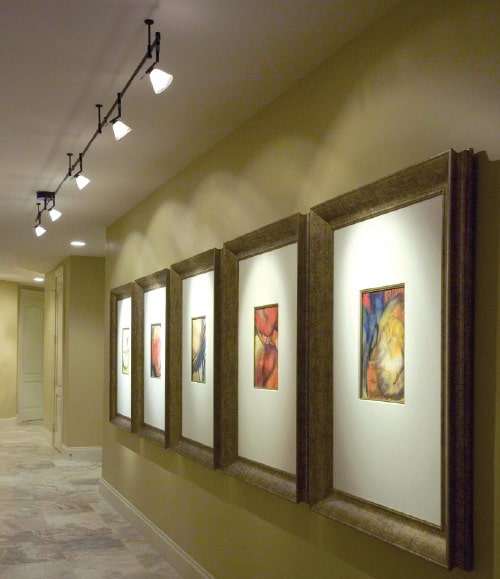
Having gone through several arduous sessions in recent weeks in light selection, here are some pointers to keep in mind when selecting lights. First, you need to understand your audience. Every light fixture has a distinct character and its product is simply intangible. To understand light, you need to look at it and imagine how it would be appreciated. If you take an office environment, lighting is used mainly for task lighting or work. Whilst in a retail environment, lighting is used to highlight key products to make them look as delectable as possible. For dining experiences, lighting is used to create certain moods and experiences, which affect how we perceive and enjoy a space.
COLOURS
Selecting lights is a task that requires a trained eye in understanding how the light can be used to suit a purpose. Once you have ascertained the use of the light you are sourcing for you need to determine the type of colour. By colour, I refer to the temperature of the bulbs, which we commonly refer to as cold or white light; but in technical terms, we need to specify the colour temperature of the bulbs which range from 2000 to 5000K for most standard market products. For office environments, it is best to stick to the colder colours such as 5000K, which is typical of compact fluorescent lamps, while softer, warmer lights should fall within the 3000K range to give a comfortable feel.
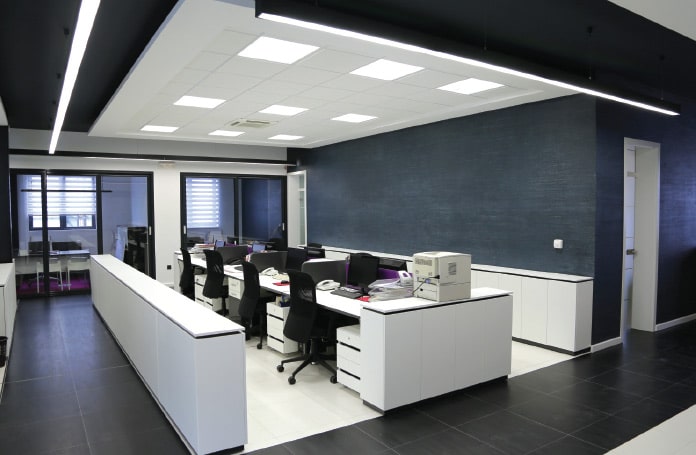
The reason why colour temperature is so important is that depending on what colour is selected, you create a majorly different feel inside the space. Our eyes are trained to perceive colours, which set a certain ambience or tone, so if we go for a colder colour in the bedroom, it would be a real task to relax, as colder lights cause us to perk up. Similarly, if you introduce overly warm lighting in the office, be prepared for a higher number of daydreamers floating around!
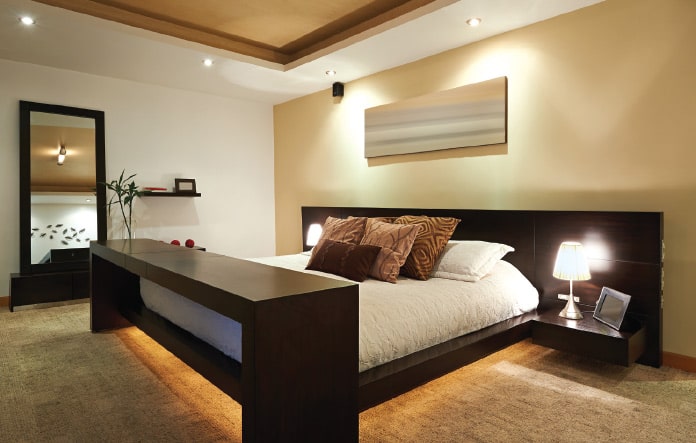
ANGLE OF LIGHTING
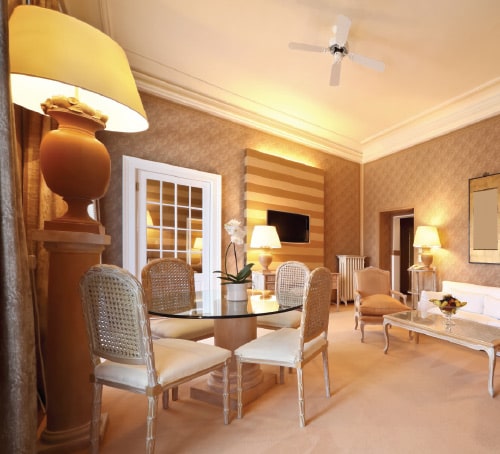
The next thing to consider is the angle of your lights. The reason why angles are so important is that we try to minimize the amount of shadowing as much as possible. For example, have you ever shone a light at a painting, only to find a spotlight effect? This is due to the angle of the light being too acute, which causes it then to focus in on a specific region, whilst what we are looking for is a broader illumination.
Therefore, make sure to study the lights before they get installed, and determine the angles you need. For most standard pieces, LED bulbs come in 24° or 36° angles, so for usage such as dining, a spotlight effect can be used to illuminate the key areas such as the dining table, while general lighting can be controlled for use over a wider range. To soften the lighting effect, a diffuser may be introduced to further breakdown the lighting distribution to get more even lighting.
ARCHITECTURAL VS INTERIOR DESIGN LIGHTS
Once you have sorted out the technical elements of lighting, you will need to make a decision on the types of fixtures you want to use. This is probably one of the hardest questions to ask, as there is no right answer; every light fixture is subjective and can be appreciated or disliked by different people.
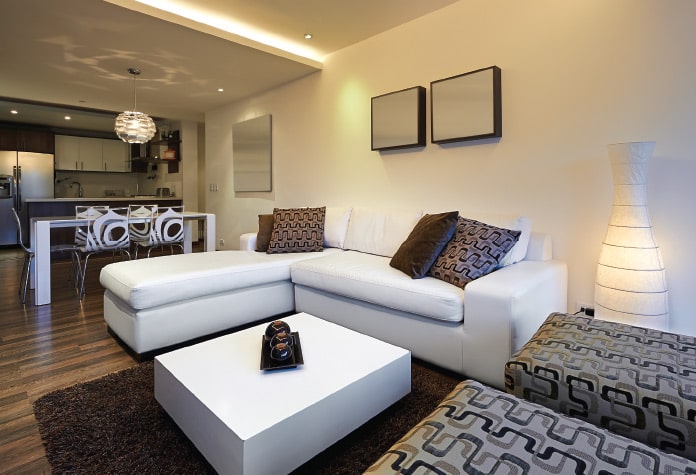
But for a start, you can separate the type of lights into different classifications. Architectural lights are your general lights to help illuminate the space and to achieve the general ambiance – such as downlights, track spotlights and even flooring lights. These tend to be very subtle and are accepted due to their discreet design and character.
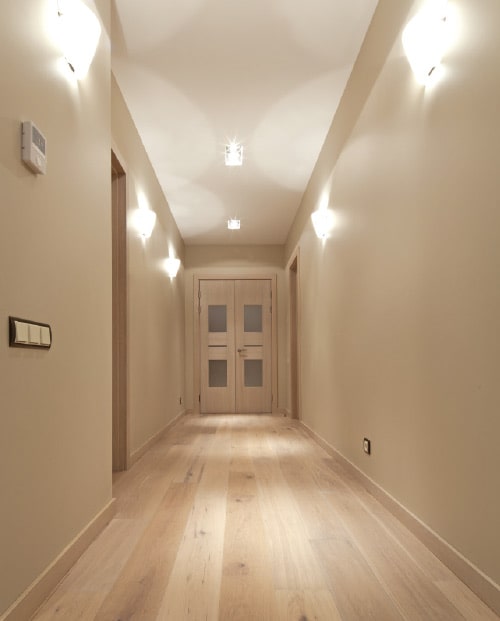
ID lights on the other hand are a different ballgame, as the shape, size and even colour can have a major impact on the feel of the space. Based on recent experience, what is seen on paper is not necessarily what you will get in reality. In a recent project I was involved in, the lights were seen to be acceptable on the proposed lighting specifications, but in reality, the fixtures were double the size one would imagine them to be. To complicate matters even more, what was supposed to be a sexy curved lighting chandelier turned out to be an oversized bell! So be sure to see and touch the sample before installation, as what you may think you are getting may not turn out quite that way in reality!
In lighting design, always keep in mind that different spaces and different uses require different lights. Always try to imagine how the lights would look within the space, when you are selecting between your different options. Look at how you can mould the light, flirt with it, boldly use it, or show it off. Lighting can even become a central interior design feature within the space. But remember that lighting is one of the major factors contributing to the ambient feel of any space, thus it pays off to give this aspect of your design its due attention.




